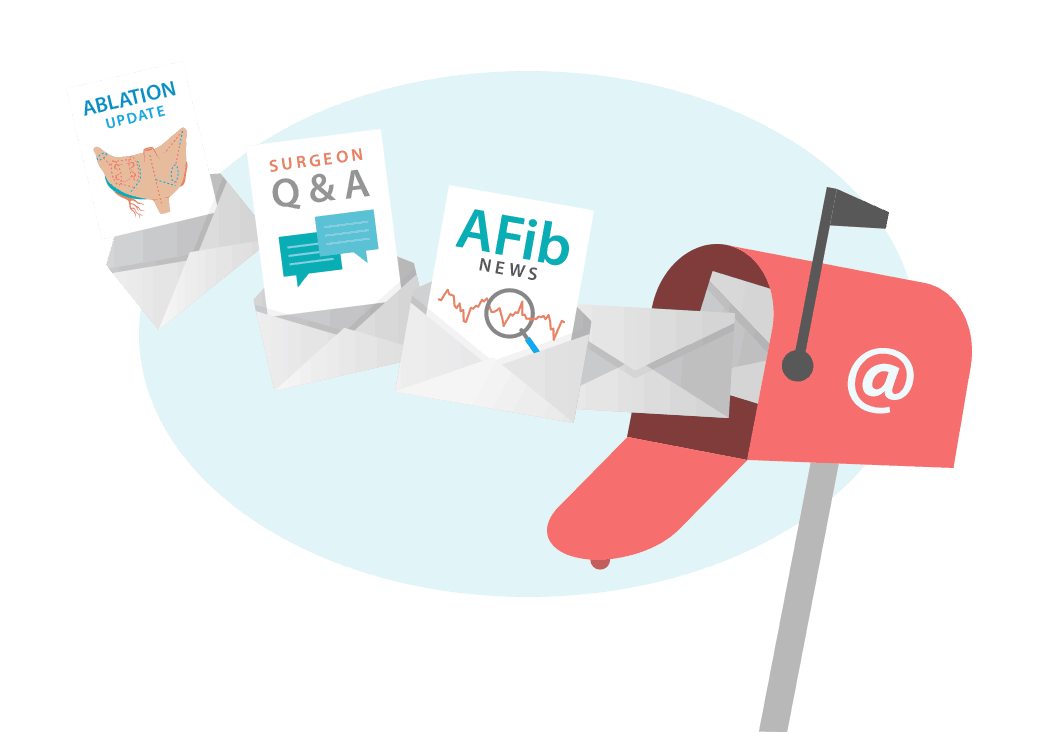Video Categories: Best Practices, Lesion Set
101 YouTube Views - Published June 30, 2020
Featured Speaker: Dr. Eric Okum, Dr. Kathryn O'Keefe
Video Overview
Dr. Kathryn O’Keefe and Dr. Eric Okum of TriHeatlh, Cincy, review how surgeons can gain experience in performing a concomitant AFib procedure. They also discuss the importance of standardizing lesion sets so that surgeons and referring physicians are aligned.
Video Transcript
For the hearing impaired members of the AFibSurgeons.org community, we have provided a written transcript below:
Jonathan Philpott: I’ve got one for Dr. O’Keefe. What would you say for the fellows that are training currently? What advice would you give them knowing what you know now so maybe they can get a little ahead of the curve and be better prepared when they graduate?
Kathryn O'Keefe: I think that’s a great question. First of all, I would encourage every fellow to go to one of the AtriCure Maze courses that are available and to get as much experience double scrub, triple scrub, stand on the table for any time that a Maze procedure is being done at your institution, even if you’re not going to be the primary operator to be able to get as much exposure and comfort with the anatomy. At the end of the day there may not be that many cases that are done where you’re going to be confident and comfortable.
Dr. Zias: Can I ask a question, Dr. O’Keefe? Do you think that if we make atrial fibrillation treatment a quality measure just like the IMA, in other words if the SDS or other societies measure how we treat these patients, do you think that it would be the adoption of treating atrial fibrillation would be increased?
Kathryn O'Keefe: I think it would be. I think if there’s that expectation as a society that we treat patients with afib, I think you’ll see more adaptation of it. I think the other thing that’s important is that we have the same language and we standardize what we’re doing as surgeons. What one of us calls a Maze may not be a Maze to someone else. Standardizing that lesion set is really important. That was really critical and key in our group so that our cardiologists know that whatever surgeon is operating on that patient, they’re going to get the full lesion set and hopefully the same quality.
Eric Okum: I think that’s very important to emphasize that is standardization of lesion sets so that a Maze is a Maze. We all know that a Maze is not necessarily a Maze in everyone else’s eyes. In our group, no one, no matter how little afib they get, just gets a PVI and a clip. We all feel that’s substandard. At least everyone who gets a left-sided box lesion with pulmonary veins and a left atrial appendage line as well as a right-sided lesion, in all cases, even for paroxysmal or new onset atrial fibrillation, the patients that come in with an acute coronary symptom or non STEMI and have an episode of atrial fibrillation not previously diagnosed, they will even get a full left-sided Maze and right-sided lesions as well.
I think it’s really important to standardize lesion sets because without doing that, it’s a perpetual cycle that if you don’t do it in operation, you’re not going to have good results. You’re not going to have good results, the cardiologists don’t think it works. Then it’s a downward spiral. In our program it is very important that lesion sets are standard, and we all think that the more you ablate, the more lesions you do, the better results you get.

